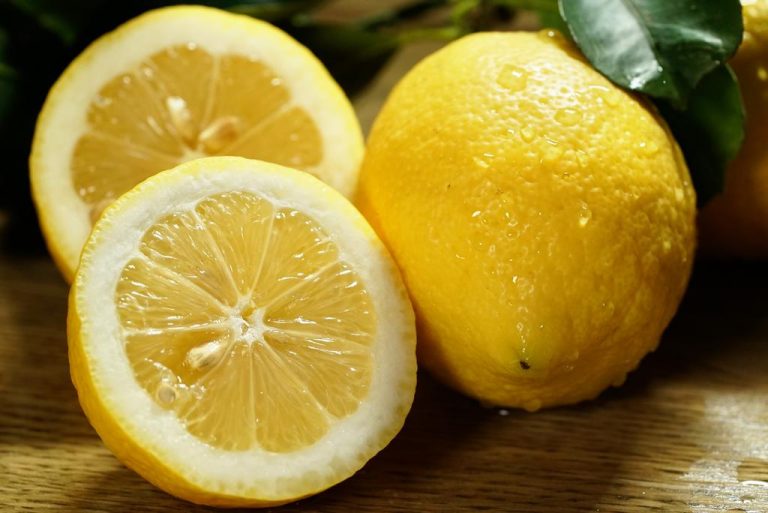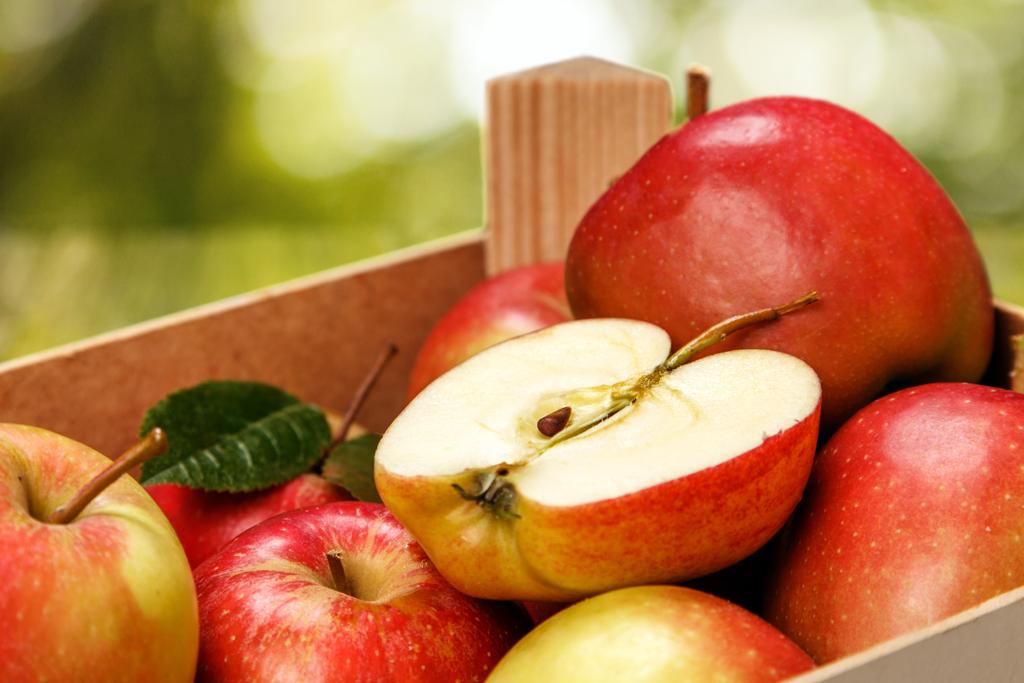For many of us, the dishwasher runs almost every day. But what is really allowed in the machine and what is not?

The dishwasher is a device that is used almost every day in the home. Annoying rinsing by hand is usually no longer necessary. However, there are a number of things that should not be entrusted to the dishwasher. These include hand-painted or printed glasses. These could flake off or become cloudy during the rinse cycle. In addition, particularly thin glasses can easily break. The same applies to porcelain. The crockery often has small imprints or hand paintings and may also have a gold rim that could be destroyed by frequent washing in the dishwasher.
Even cutlery may not go in the dishwasher. This includes, for example, cutlery with wood and plastic handles. Because the hot water ensures that the glue with which the handles are attached can dissolve. Even with silver cutlery
But you should not only be careful with glasses, cutlery and crockery, there are other things that definitely do not belong in the dishwasher.
With almost all pots and pans, it makes sense to wash them by hand. This is due to the non-stick coatings, which are made of aluminum, for example. The coatings are very sensitive and can be attacked and damaged by harsh dishwasher detergents. If the coating of the pan finally comes off, toxic substances can be released when frying and cooking with the pans, which can enter the body via the food. But that’s not all. The pans can also be scratched if they collide with cutlery or other dishes.
It is best to clean them with dish soap and warm water. Clay pots or terracotta vessels also do not belong in the dishwasher. They can scratch quickly and become dull over time.

And what else?
Wooden boards get cracks and warp due to the heat of the water. You should also have quality kitchen knives
What about insulated mugs and thermoses? The dishwasher is not a good recommendation for these things either. The vacuum seal is damaged by the salts in the dishwasher tabs and the large amount of water. This can damage the ISO effect and the drinks are no longer kept warm.
Bottom line: if you take good care of them when you wash them, all your items will have a longer lifespan. Of course, washing up by hand can be a little annoying, but it’s worth it! So that your hands are not attacked too much, there are skin-sensitive and environmentally friendly detergents*. This way you protect your hands and you will also have sharp knives and intact glasses in the future.










